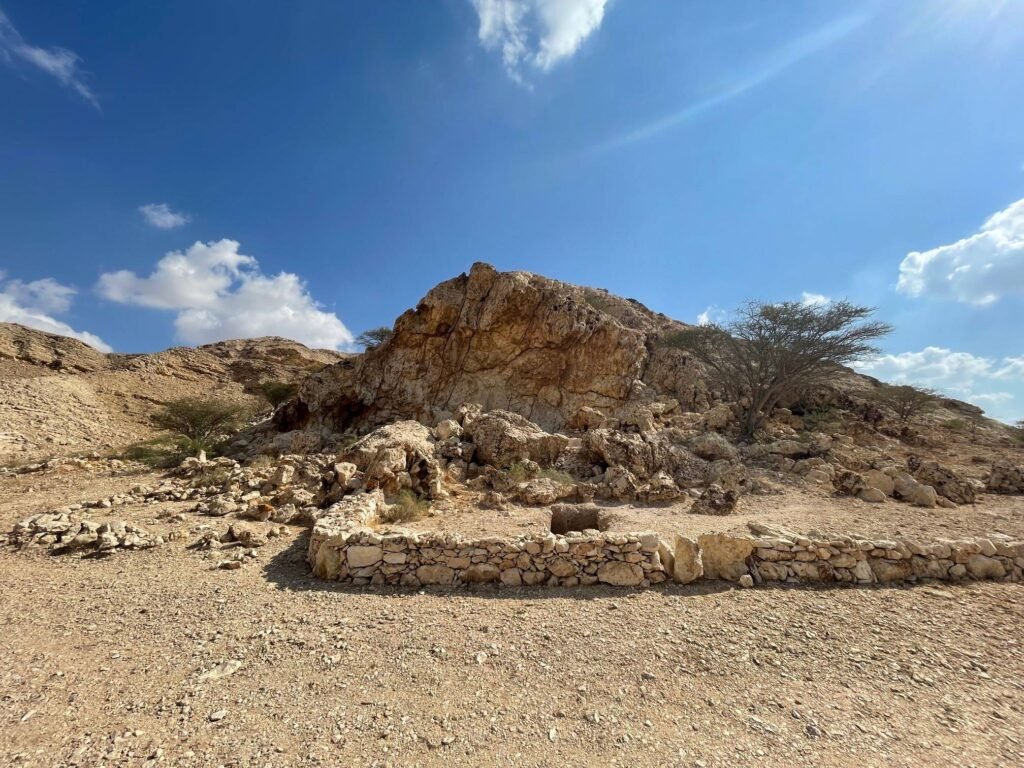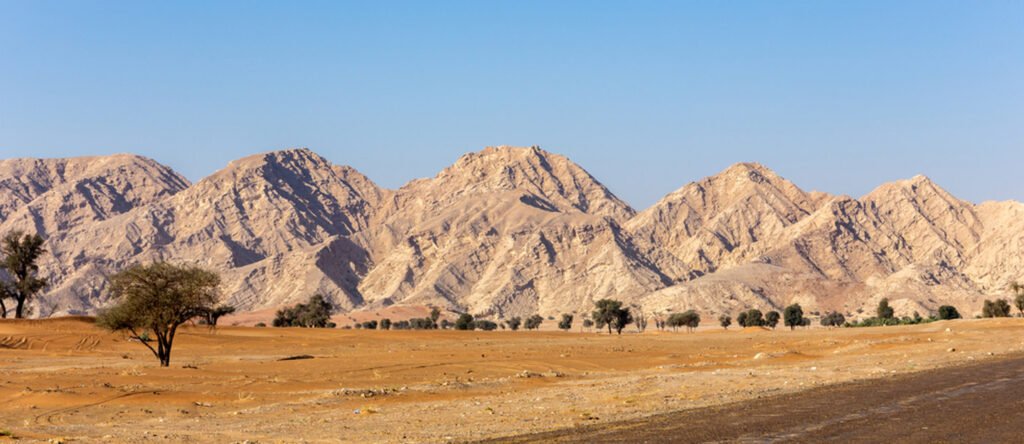Sharjah, United Arab Emirates – Following the Emirate of Sharjah’s achievement of inscribing the Al Faya site on UNESCO’s World Heritage List, His Excellency Eisa Yousef, Director General of the Sharjah Archaeology Authority, confirmed that the Authority’s work will not stop after the global achievement of inscribing the Al Faya site on UNESCO’s World Heritage List. He revealed future plans to highlight the exceptional value of other sites, most notably Wadi Al Helo in the Eastern Region and the Mleiha Archaeological Site in the Central Region, both of which are on UNESCO’s tentative list.
Youssef explained that the success of Al Faya’s nomination file came with scientific support from 13 of the 21 countries on the World Heritage Committee, representing international recognition of the site’s authenticity and significance. He noted that this achievement brings strategic benefits to the UAE and Sharjah, highlighting the region as a pivotal part of human history, encouraging the attraction of specialized and sustainable cultural tourism, and providing diverse job opportunities, such as specialized tour guides.
These goals, as His Excellency stated, are achieved through close institutional cooperation, highlighted by the pioneering role of the Sharjah Investment and Development Authority (Shurooq) through the Mleiha Archaeological Centre, and the role of the Environment and Protected Areas Authority through the Jebel Buhais Geological Park, which provides multiple scientific roles, in addition to the important role played by the Sharjah Commerce and Tourism Development Authority in promoting tourism centers.
The Director General of the Sharjah Archaeology Authority reviewed the history of the file, titled “The Prehistoric Cultural Landscape of Al Faya,” noting that the first discoveries were made in 2003 by a German mission under the supervision of Dr. Sabah Jassim. The site was then included on the preliminary list in 2012. In 2020, the file was reformulated to focus on the site’s exceptional value as the oldest desert inhabited by humans in the Paleolithic period. The discoveries proved that the site of Jabal Al Faya was the southern route to the Arabian Peninsula 200,000 years ago.

الموقع جاهز لاستقبال الزوار
For her part, Kholoud Al-Houli Al-Suwaidi, Director of the Tangible Cultural Heritage Department at the Authority, revealed that the site management plan was fully developed before the nomination file was submitted. She added that Al Faya is unique in being open and ready to welcome visitors, unlike many other international sites, where the Mleiha Archaeological Centre welcomes visitors via special tours with instructors who are careful to change the car routes every two weeks to avoid disrupting the natural environment of the site.
Al-Suwaidi emphasized that the listing imposes a significant commitment to submitting annual conservation plans and periodic monitoring reports every five years to the World Heritage Center to ensure the site’s protection for future generations. She noted that this commitment is the result of decades of work and research.
Al-Houli highlighted the unique scientific value of the site, as the Faya Mountains are composed of rare ophiolite rocks, which represent the interior of the Earth. This makes it one of the three best locations in the world for studying Earth’s geology, and the most accessible compared to the Hajar Mountains and the Himalayas.

Integrated protection system
The two officials emphasized that this achievement is protected by a comprehensive legal and legislative system issued by His Highness Sheikh Dr. Sultan bin Muhammad Al Qasimi, Member of the Supreme Council and Ruler of Sharjah, who has provided unlimited support for the project. The support is also provided by the Legal Department and the Planning and Survey Department, which provided the urban development requirements in the protected area. Special thanks were also extended to Sheikha Bodour bint Sultan Al Qasimi, ambassador of the nomination file, for her pivotal role in overcoming the challenges, and to the efforts of the 12 local departments that contributed to this achievement.
The UAE’s historic achievement, achieved by the World Heritage Committee’s unanimous decision to inscribe Al Faya in the Emirate of Sharjah on UNESCO’s World Heritage List during its 47th session in Paris, is the result of these tireless efforts in cooperation with the Sharjah Archaeology Authority and the Executive Office of Sheikha Bodour bint Sultan Al Qasimi.
The Al Faya site, located in the central region of the Emirate of Sharjah, represents living testimony to the ability of early humans to survive and adapt to harsh desert environments. It contains the oldest continuous record of human presence in the Arabian Peninsula, dating back more than 210,000 years, giving it exceptional global value in the fields of archaeology and anthropology.
Discoveries have shown that Al Faya was not only a transit corridor for migrations, but also a destination for repeated human settlements during favorable climatic periods. This was due to the availability of water from springs and valleys, the abundance of flint for toolmaking, and the natural shelter in the mountains, which made the site a nurturing environment for human settlement in prehistoric times.
The Al Faya site has acquired exceptional global value through these unique aspects of the discoveries, which confirm the site’s importance and its role in providing a rare and comprehensive record of human survival and overcoming the climatic and environmental challenges it faced.
It’s worth noting that the UAE has developed a comprehensive management plan to protect the Al Faya site. This plan will guide conservation efforts, conduct research, and regulate visitor flow from 2024 to 2030. This plan is consistent with UNESCO World Heritage Site standards and ensures the site’s preservation while continuing excavation, exploration, scientific research, and education.









